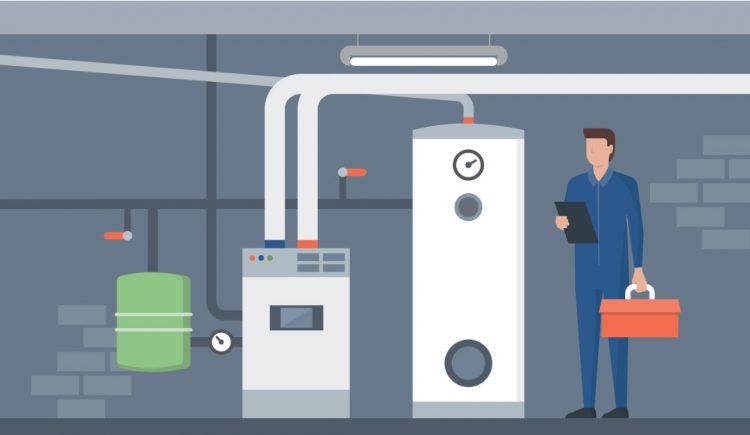During the winter, your basement is probably several degrees cooler than the rest of the house. Whether you have a finished downstairs area that you use as a family room or home gym, or you have an unfinished basement where you do laundry, spending time in a chilly area can be an unpleasant experience. Here are some simple steps you can take to keep your basement warm during the winter months.
Add More Insulation
Many homes are underinsulated, which causes unnecessary heat loss and drives up utility bills. If your basement doesn’t have adequate insulation, or if the existing insulation is damaged, cold air can get in and warm air can get out. Adding insulation is a straightforward and inexpensive upgrade that can make a significant difference in the temperature.
If the walls are made of cinder blocks or stone, you can install drywall and insulation. If the basement is already finished, you can add spray foam insulation inside the walls. A local contractor can help you choose the type of insulation that’s most suitable for your region.
Prevent Air Leakage
Gaps and cracks around windows and exterior doors can lead to heat transfer. Inspect the areas around windows and doors, then seal any gaps with caulk or weather stripping. Replace old and damaged doors or windows with new ones that are more energy efficient.
A crack in the foundation can also lead to air leakage. Have a professional inspect the damage, determine how serious it is and figure out what to do about it.
Change the Flooring
Concrete, tile and wood flooring can feel cold in the winter. Installing wall-to-wall carpet or area rugs in a finished basement can make the area warmer and more comfortable. If you have an unfinished basement and you’re concerned about moisture, ask a contractor for advice on how to address the issue before you install carpet or rugs.
Bring More Heat Into the Basement
If your furnace isn’t running efficiently, you may be wasting money. Have a professional check the furnace and make any necessary repairs. Replace the filters regularly so the furnace can operate efficiently.
You may be able to add additional vents so your HVAC system will deliver more heat to the basement. Installing a heated floor is another option. Both may have high upfront costs.
A space heater can make your basement more comfortable and will have a much lower initial cost, but running it frequently will raise your utility bills. If you decide to buy a space heater, find one that’s appropriate for the size of the area and follow the instructions carefully to avoid causing a fire.
Keeping Your Basement Warm Doesn’t Have to Cost a Fortune
Your basement doesn’t have to be off limits during the winter. Some simple and affordable changes may be all it takes to make your downstairs significantly warmer. If you need advice or assistance, consult a local professional.











